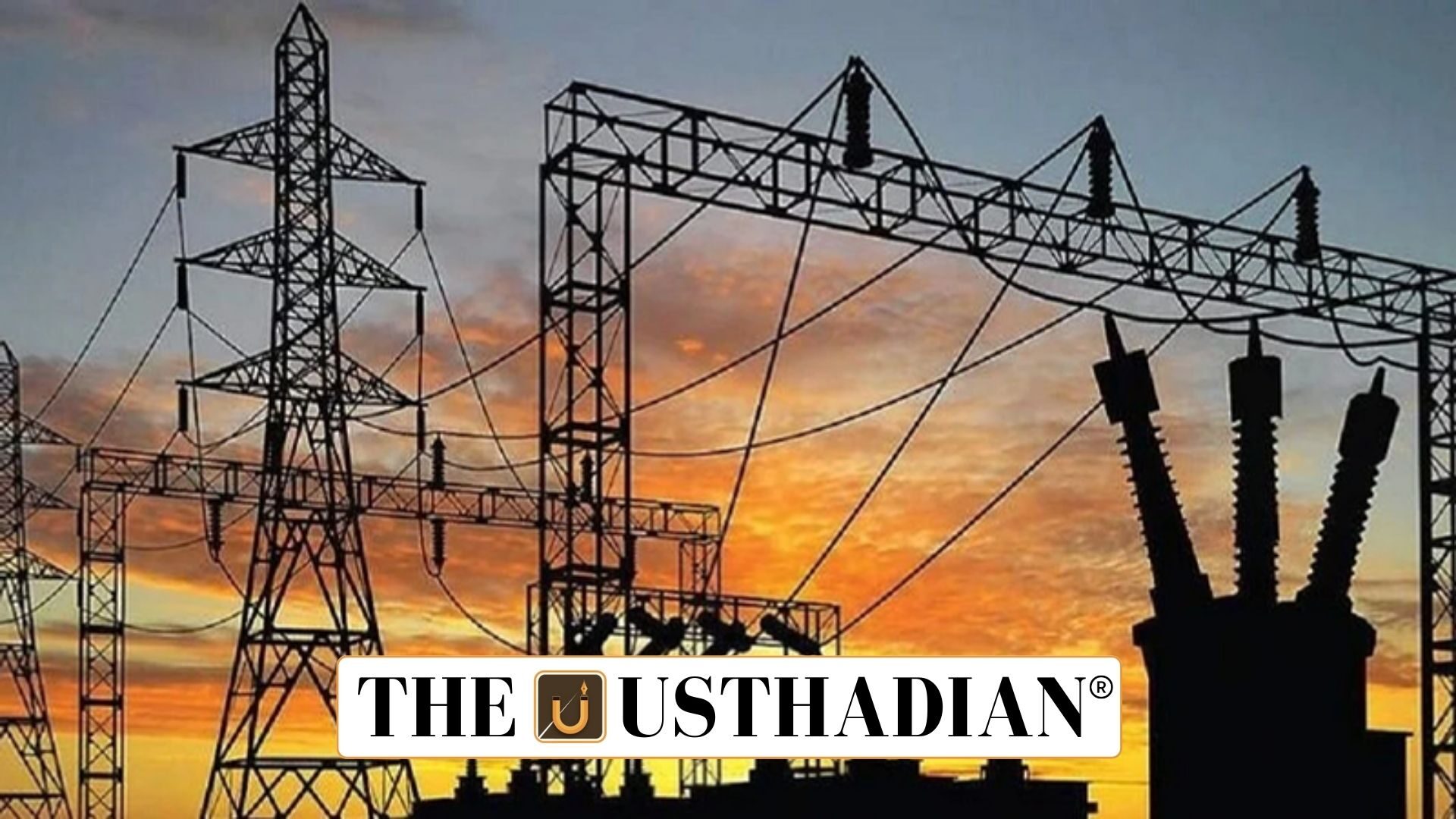Historic Drop in Emissions
India Sees First Half-Year Decline in Power Sector Emissions: For the first time outside crisis years, India’s electricity sector CO₂ emissions fell by 1% in the first half of 2025 compared to the same period in 2024. This development is significant because the electricity sector contributes nearly 40% of India’s greenhouse gas emissions. The analysis was conducted by the Centre for Research on Energy and Clean Air (CREA) for the UK-based Carbon Brief.
Static GK fact: India is the third-largest emitter of CO₂ globally, after China and the United States.
Role of Clean Energy Growth
The decline is primarily linked to record growth in renewable energy. India added 25.1 GW of clean energy capacity between January and June 2025, marking a 70% increase from the previous year. This includes new installations in solar, wind, hydropower, and nuclear.
As a result, fossil fuel-based generation dropped by 29 terawatt-hours even though total electricity generation rose. This signals a structural change in India’s energy trajectory.
Static GK fact: The International Solar Alliance, headquartered in Gurugram, India, promotes solar deployment worldwide.
Impact of Lower Demand
Another factor contributing to the drop was reduced electricity demand. A mild summer and strong pre-monsoon rainfall lowered the need for air conditioning, which can account for up to 10% of peak electricity demand. Consequently, coal-fired power plants saw reduced operation during high-demand months.
Static GK fact: The first hydroelectric power plant in India was set up in Darjeeling in 1897.
India’s Renewable Targets
India has set an ambitious target of 500 GW non-fossil fuel capacity by 2030. As of mid-2025, the country has achieved 252 GW, with an additional 230 GW in the pipeline. If realized, the total capacity could reach 482 GW before 2030, almost achieving the national goal ahead of schedule.
Union Minister for New and Renewable Energy, Prahlad Joshi, announced that 23 GW of capacity was added between April and August 2025 alone. The pace of deployment indicates that India’s power sector emissions may peak before 2030, earlier than projected.
Static GK Tip: The Ministry of New and Renewable Energy (MNRE) was established in 1992 to promote sustainable energy in India.
Significance for India’s Climate Path
The symbolic decline highlights a potential turning point in India’s emission trajectory. Although the reduction is modest, the combination of clean energy growth and falling coal use suggests that India may be entering a phase of stable or declining power sector emissions. This progress strengthens India’s position in global climate negotiations and aligns with its Nationally Determined Contributions (NDCs) under the Paris Agreement.
Static Usthadian Current Affairs Table
India Sees First Half-Year Decline in Power Sector Emissions:
| Topic | Detail |
| Emission drop | 1% decline in H1 2025 vs H1 2024 |
| Sector share | Power sector contributes nearly 40% of India’s GHG emissions |
| Clean energy added | 25.1 GW in H1 2025 |
| Fossil generation change | Decline of 29 terawatt-hours |
| Non-fossil capacity achieved | 252 GW as of mid-2025 |
| National target | 500 GW by 2030 |
| Capacity pipeline | 230 GW under projects |
| Key ministry | Ministry of New and Renewable Energy |
| Official statement | Prahlad Joshi highlighted rapid clean energy additions |
| Global position | India is world’s third-largest CO₂ emitter |








